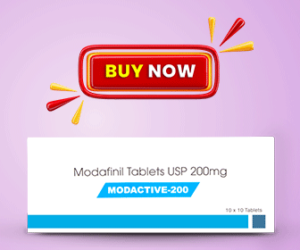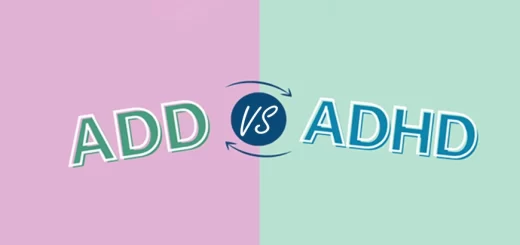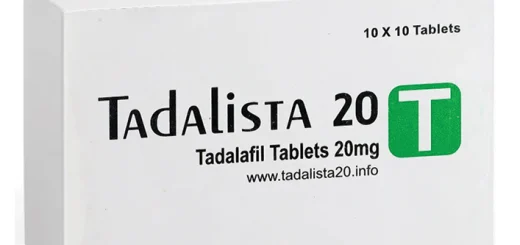The Ultimate Guide to Help You Boost Productivity with ADHD

When it comes to productivity, having attention deficit hyperactivity disorder (ADHD) might provide particular difficulties. For those with ADHD, distractions, impulsivity, and trouble focusing are common issues. However, boosting productivity with ADHD is achievable with the correct plans and resources. We’ll look at several methods in this extensive guide that are intended to help people with ADHD become more productive and have happier lives.
Understanding ADHD
A neurodevelopmental condition known as Attention Deficit Hyperactivity Disorder (ADHD) is characterized by persistent patterns of not paying attention, being overly active, and acting without thinking. People are usually diagnosed with it when they are kids, but symptoms can last into their teens and adult years. People with ADHD have trouble controlling their impulses and paying attention, which can affect many areas of their daily lives, such as their social relationships and how well they do at school or work.
The CDC (USA) says that as of 2016, about 9.4% of kids in the US between the ages of 2 and 17 had been identified with ADHD. The rate of occurrence can change based on age and gender, with boys being more likely to be identified than girls.
Boosting productivity with ADHD
Understanding how ADHD (Attention Deficit Hyperactivity Disorder) affects work is important for people who have ADHD and for people who help them in many areas of their lives. ADHD can make people less productive because it can be hard to organize, pay attention, and manage impulses. Here’s a closer look at how ADHD affects work and how boosting productivity with ADHD works:
1. Trouble paying attention
- Problem
People with ADHD often have trouble staying focused on things they need to do.
- Effects on Work Efficiency
Tasks that need long-term focus or attention can be especially hard, which can cause people to put them off and leave projects unfinished.
2. Lack of control
- Challenge
Impulsivity is a common trait in people with ADHD, which makes it hard for them to fight the urge to act on their thoughts or desires right away without thinking about what might happen.
- Effects on Productivity
Being impulsive can make you make snap decisions and have trouble planning, which makes it harder to set priorities for your work.
3. Managing your time
- Challenge
Managing time with ADHD often means having trouble keeping track and figuring out how long things will take. Some people may have trouble being on time and meeting deadlines.
- Effects on Work Efficiency
Not managing your time well can cause you to miss deadlines, work quickly, and feel more stressed, all of which lower your total productivity.
4. Setting up and planning
- Problem
People with ADHD often have trouble keeping their environments and chores organized. It is normal to forget things or put them in the wrong place.
- Effects on Productivity
Being disorganized can make you less productive, make it harder to find what you need, and make you spend more time looking for things or information.
Tips for Boosting Productivity with ADHD
Here are ADHD productivity tips—ways you can start to use your ADHD to help you get more done instead of getting in the way. 
1. Creating an ADHD-Friendly Environment
Creating an environment is crucial for boosting productivity with ADHD and the following can help:
- Minimal distractions:
Remove unnecessary items and distractions from the workspace. A clutter-free environment Improving focus with ADHD reduces the likelihood of becoming overwhelmed.
- Visual Organization:
Use visual aids such as calendars, whiteboards, or color-coded systems to help organize tasks and deadlines. Visual cues provide clarity and structure.
- Comfortable Seating:
Choose comfortable seating to minimize restlessness and use fidget tools
2. Establishing Effective Routines and Schedules
-
Consistent daily routine
Predictability can help reduce anxiety and enhance focus.
-
Morning and evening routines
Create morning and evening routines to bookend the day. This helps with transitions, signaling the start and end of focused activities.
-
Prioritizing Tasks
Break down tasks into smaller steps makes them more manageable and set
-
Set realistic expectations
Be realistic about what can be accomplished in a given timeframe.
3. Prioritizing and Time Management
-
Task Prioritization
Prioritize tasks using methods like the Eisenhower Matrix. Identify urgent and important tasks to focus on first.
-
Break Down Tasks
Break down larger tasks into smaller, more manageable steps. This prevents feeling overwhelmed and facilitates steady progress.
-
Time Blocking
Allocate specific blocks of time to different tasks. This helps create structure and ensures a balanced approach to various responsibilities.
4. Managing distractions
-
Distraction-Free Zones
This encourages focused work without interruptions.
-
Digital Detox
Temporarily turn off non-essential notifications on electronic devices.
-
Breaks for movement
Integrate short breaks for movement. Physical activity can help manage restlessness and improve overall concentration.
-
Mindfulness Techniques
Practice mindfulness techniques to bring awareness to the present moment. Mindfulness helps individuals redirect attention when distractions arise.
5. Utilizing Technology and Productivity Tools
-
Calendar Apps
Color-coding events and the use of calendar apps can enhance visual organisation.
-
Productivity Widgets
If boosting productivity with ADHD is your motive, then use widgets on electronic devices for quick access to task lists, calendars, and reminders.
-
Speech-to-Text Tools
Consider speech-to-text tools for note-taking or capturing ideas and have better-written organization.
- Developing effective study and ADHD-friendly strategies
-
Active Learning Techniques
Engage in active learning methods, such as summarizing information aloud or teaching concepts to someone else. This promotes better retention.
-
Use visual aids
Create visual aids like mind maps or diagrams to represent complex information. Visualizing concepts enhances understanding and memory.
-
Experiment with learning styles
Identify your personal learning styles and preferences.
7. Seeking Support and Building a Supportive Network
-
Communicate needs:
Share specific needs and strategies that can facilitate support.
-
Professional Support:
Seek guidance from mental health professionals, such as therapists or counselors, who specialize in ADHD.
-
Educate Others:
Educate those around you about ADHD to foster understanding. Providing information helps create a supportive environment that accommodates individual needs. In the context of boosting productivity with ADHD, this education serves as a foundation for collaborative efforts.
Summary
Living with ADHD comes with its own set of problems, but with the right mindset and methods, people can not only get over it but also become more productive and live full lives. Some of the many things that can help people with ADHD be more productive are setting up a structured schedule, making a list of priorities, using visual aids, making sure there are no distractions around, and practicing mindfulness.
In the journey of boosting productivity with ADHD, it’s essential to be open to constant change and improvement. This is the best way for people with ADHD to deal with problems related to productivity and reach both personal and business goals in their lives. Increasing output can be a rewarding and doable goal if you work hard and get the help you need.
[WPSM_AC id=7180]








